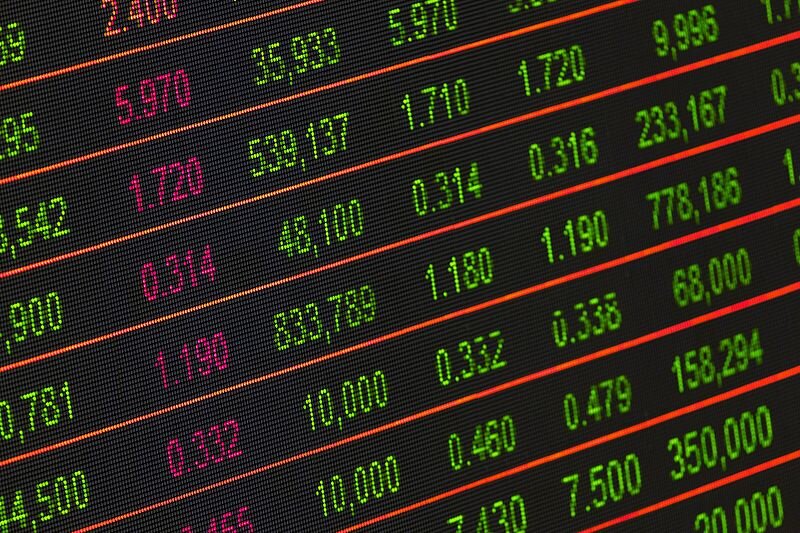Markets continue to face volatility as the coronavirus pandemic closes businesses across the world, forces millions to stay home, and significantly reduces travel. While the Dow Jones Industrial Average and S&P 500 indices are up more than 15% since bottoming a week ago, they are still down 20% from record highs in February.
Despite the White House extending its social distancing guides to April 30th (originally set for April 12th), stocks have rallied.
On March 30th, the Dow rose 3.2% to 22,327, the S&P 500 rose 3.4% to 2,626, and the Nasdaq Composite rose 3.6% to 7,774. The rally was partly due to a change in stance from President Trump, who had originally planned to lift restrictions by Easter, in order to limit economic damage.
While U.S. stocks rallied only slightly, commodity markets saw significant movement. Oil prices tumbled as analysts forecasted that quarantine measures would lead to the biggest decline in oil demand in history. WTI, the U.S. oil benchmark, tumbled to an 18-year low, settling down 6.6% at $20.09 a barrel. Brent, the global benchmark, did not fare much better, dropping 5.5% to $26.42 a barrel.
On the other side of the commodities market, wheat and rice prices have soared since the coronavirus lockdown. As the pandemic has grown, countries relying on imported grains have significantly ramped up purchases, consumers continue to show increased demand, farm supply lines have been disrupted, and exporting countries are now restricting agricultural exports. The result has been a sharp rise in the price of wheat and rice.
The price of wheat futures trading in Chicago reached a high of $5.72 a bushel March 30th, exhibiting a rise of 15% in only two weeks. International wheat futures jumped as well, as France (one of the world’s largest wheat producers), imposed heavier quarantine measures making it more difficult to export the grain.
Thai rice, an international benchmark for the price of rice, has jumped as well. According to the International Grains Council, the price of Thai rice has risen 17% to $490 a metric ton since the start of the year.
These price increases, resulting from logistical issues and increased demand, alongside the falling value of emerging-market currencies, has made grains expensive for food-importing nations. According to the United Nations’ Food and Agriculture Organization, “[this] has the potential to create a food crisis in poorer countries, as well as regions hit hard by the pandemic.”
It is important to note that there is no physical shortage of grains across the world. Stockpiles of grains and oilseeds are at a high due to a series of strong harvest seasons and the rise of several Eastern European and Latin American countries as major agricultural exporters. According to the U.S. Department of Agriculture, in the 2019-20 season, which ends August 2020, an all-time high of 764.5 million metric tons of wheat is expected to be harvested.
It is now increasingly clear that the world is headed into a “very deep recession,” according to Nariman Behravesh, chief economist at IHS Markit. The research firm has forecasted second quarter U.S. GDP to contract 20-25% and a further shrink in the third quarter.
Considering the upcoming recession, markets continue to wait for more clarity on the growth impact of the economy, and “hopefully some signs of flattening of the infection and mortality,” according to James McCormick, a strategist at NatWest Markets. Investors await data on the worsening pandemic and the effectiveness of U.S. stimulus packages being deployed.
Despite the negative forecasts, many investors hold hope that the market has already hit bottom. Many, like Thomas Kee, president of market-analysis firm Stock Traders Daily, believe that “the time to play defense is already past.” This is supported by unprecedented moves by the Federal Reserve and other global Central Banks.
For the week of March 30th, investors await surveys of purchasing managers which are expected to show a steep decline in manufacturing activity and data on jobless claims, expected to rise further.







